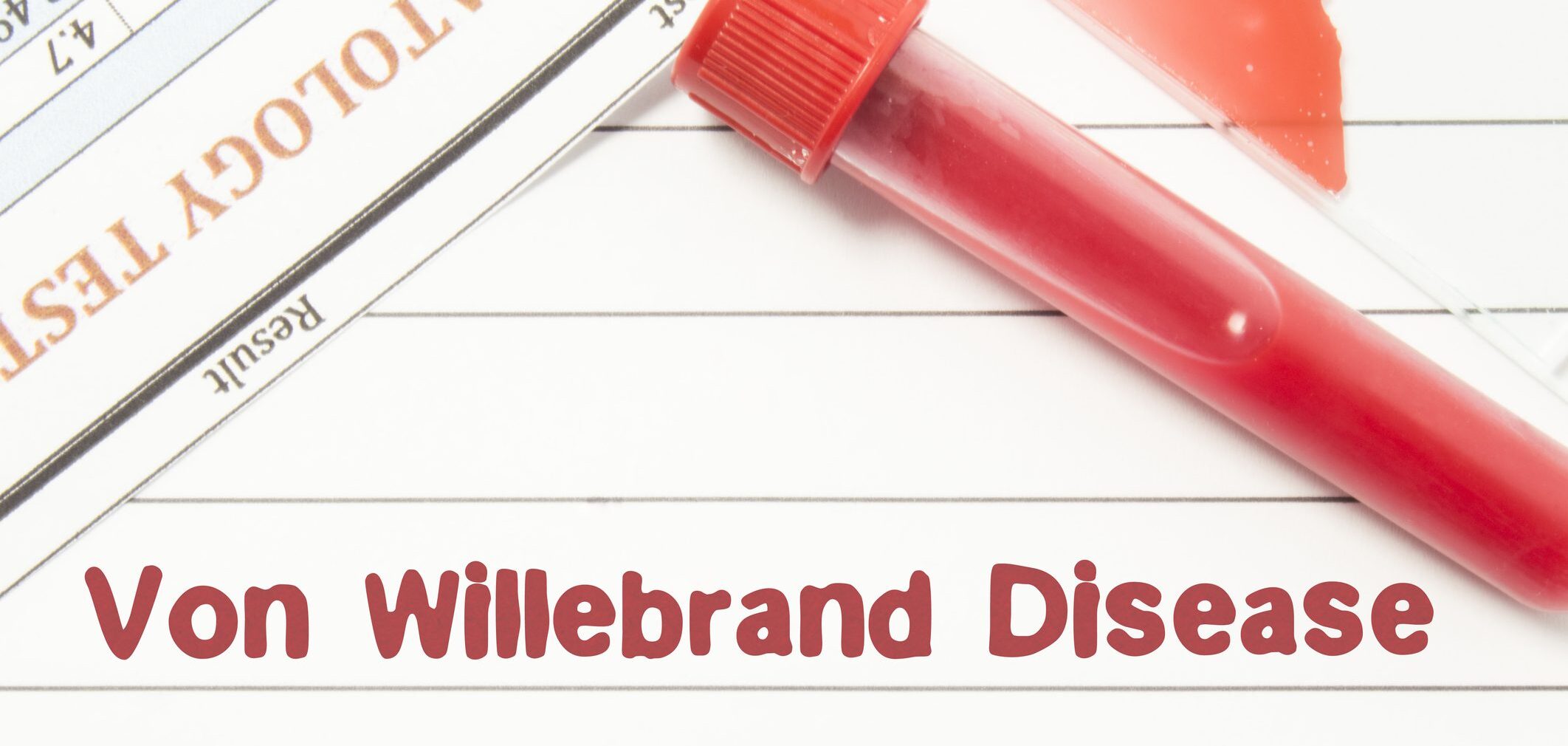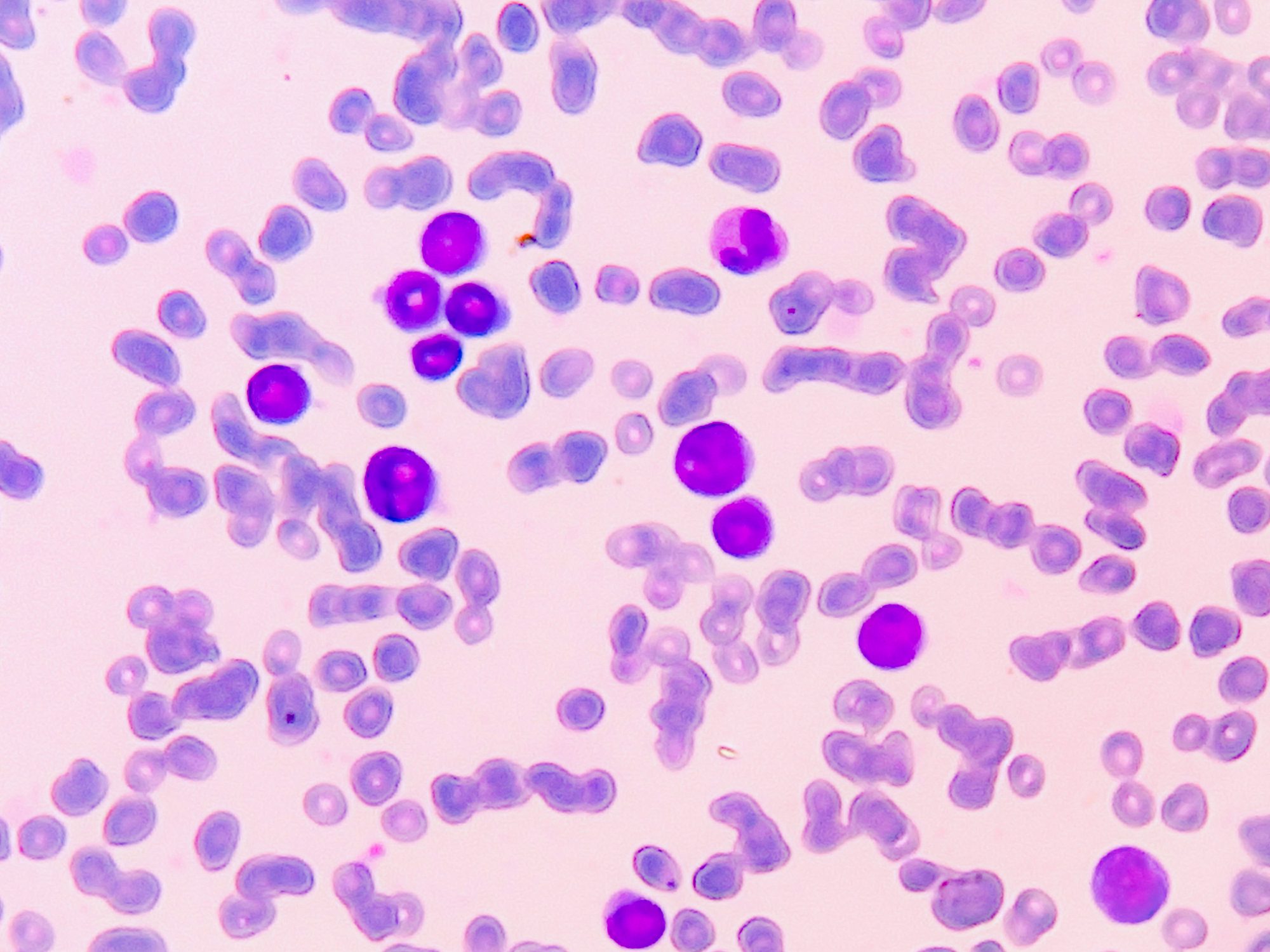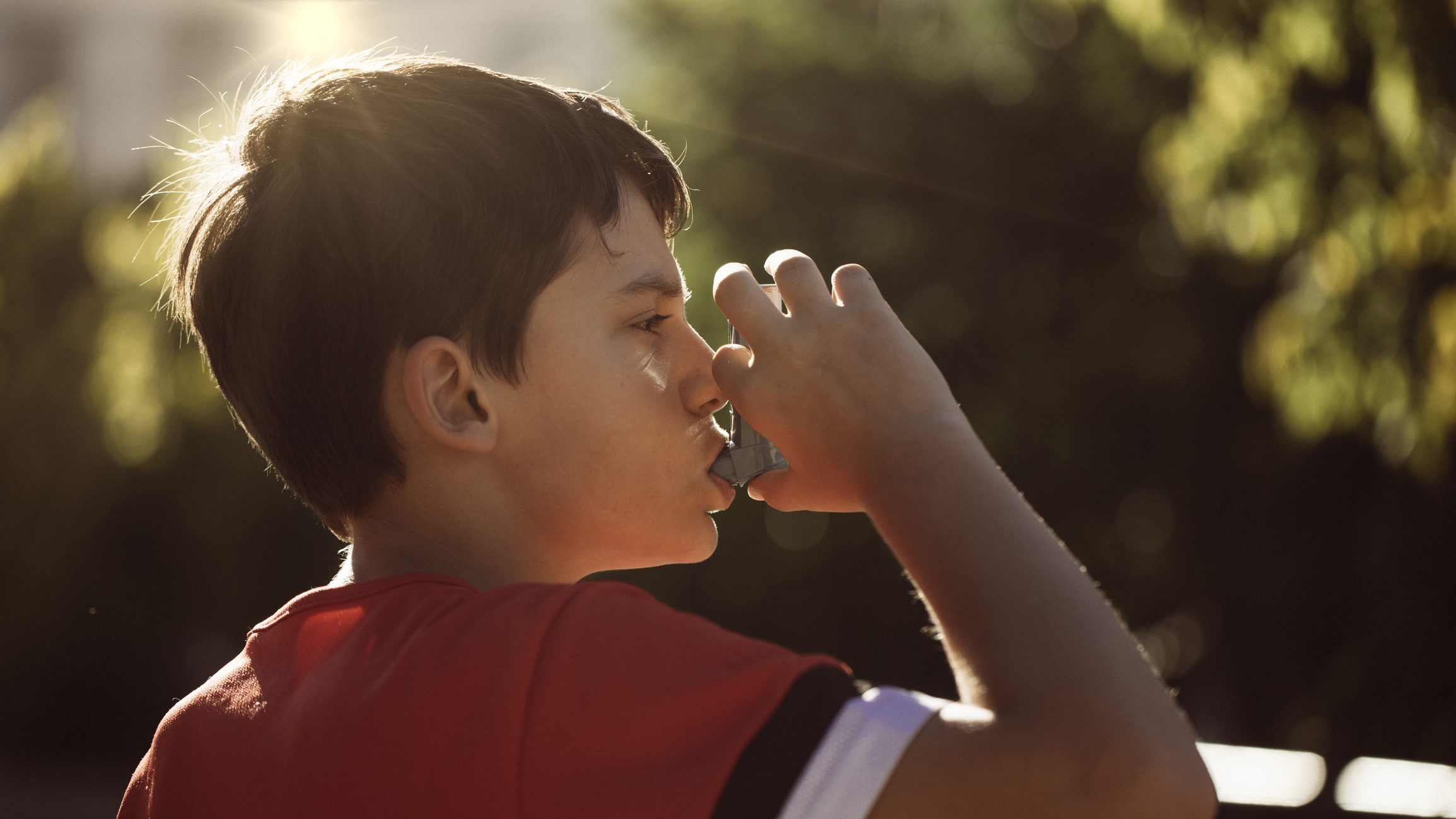Radiologic imaging in children and adolescents must take into account their individual, age-related physical and psychological concerns. Not always easy.
Coronary artery evaluation is essential under certain conditions (overview 1) and requires an interdisciplinary team. However, most imaging procedures require patients to lie still. Therefore, sedation is necessary for invasive procedures in children. Invasive angiography, for example, can be challenging in small coronary arteries.

Details improve risk stratification
Therefore, noninvasive imaging techniques including echocardiography, computed tomography angiography (CTA), and magnetic resonance imaging (MRI) are the most important tools for coronary artery evaluation in children. If CTA is supplemented by virtual angioscopy, for example, not only can the coronary anatomy and its course be determined, but also the spatial relationship of the coronary ostia to the aortic valve. Such details may be important for risk stratification and surgical planning.
Functional imaging
In addition, instruments assessing myocardial function and blood flow at rest and during a stressful situation can further support the clinical decision-making process. Stress magnetic resonance imaging (stress MRI) with various agents such as adenosine, dipyridamole, regadenoson, and dobutamine can be safely performed in children with congenital heart disease. Especially in children with an abnormal origin of a coronary artery, it is reliable for the assessment of myocardial perfusion.
Source: 68th American Congress of Cardiology (ACC), March 16-18, 2019, New Orleans (USA).
CARDIOVASC 2019; 18(2): 32












